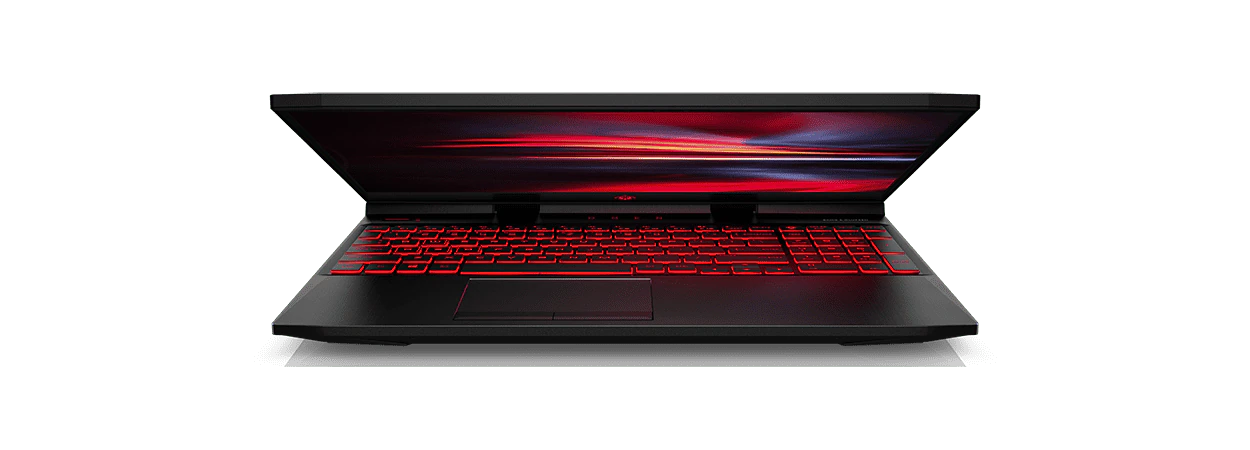Thank you for visiting the HONG KONG HP Store
-
Contact Us
CONTACT USChat with us
- Our specialist are here to help
- Live chat
- Sales
- 85264507529(WhatsApp)
-

- Post Sales
- 85230016720(WhatsApp)
Mon-Fri 8.30am - 5.30pm
(exc. Public Holidays)
Live product demo
Store finder Locate our storesSubmit feedback We value your opinion! - Location
- My Account
What is a Thunderbolt Port in PCs and Monitors?


Remember the days of the box of miscellaneous computer cables? When you wanted to hook up a second monitor or a new pair of speakers, each accessory required a different cable that would eventually get lost in the office jumble.
With the introduction of the Thunderbolt port in 2011, everything changed. This jack-of-all-trades technology packed a powerful punch with high-speed connections and a level of flexibility that was unparalleled at the time. The most recent iteration, Thunderbolt 3, has expanded on the original capabilities to create the ultimate peripheral cable/port pairing.
Whether you’re the CEO of a financing firm or a graphic designer for a small startup, a Thunderbolt port can expand the capabilities of your PC for both professional and personal use. Let’s take a closer look at the revolutionary features of this tech.
What is a Thunderbolt port?
The original Thunderbolt port was the brainchild of a partnership between Intel and Apple to create a new peripheral-connection technology that would support audio, video, data, and power in a single cable. Wave goodbye to the miscellaneous cable box!
Older versions of this powerhouse connector used a mini DisplayPort to connect your computer to external devices. However, the recent revolution in the USB world has shifted the design to encompass a USB-C connector head, making it incredibly accessible for PC users across the board.
Equipped with a single 40 Gbps (gigabits per second) bi-directional channel, the Thunderbolt 3 cable can transmit and receive data simultaneously at lightning fast speeds. Connect to external storage, transmit to 4K monitors at 60 fps, charge smartphones, and daisy-chain multiple peripheral accessories all in one simple cable.
The efficient USB-C construction was adopted for a number of reasons. First, as laptops continue to get smaller and sleeker, a multi-functional port saves space during the design process. Because the USB-C port has become so widely adopted, computer manufacturers won’t have to alter their machines to include a specialized Thunderbolt port.
With four times the video bandwidth of HDMI 1.4, 100W of charging power, and data transfer speeds that are eight times faster than USB 3.0, the Thunderbolt 3 really is king. Not to mention, you can also connect a high-performance graphics card to a Thunderbolt 3 cable for a more immersive gaming experience.
What does a Thunderbolt port look like?
A Thunderbolt 3 port looks like a standard USB-C port on any laptop or desktop computer, but can be distinguished by a lightning bolt icon printed next to it. If the USB-C port doesn’t have the icon, it probably does not support the expanded capabilities of a Thunderbolt cable.
HOW DO I FIND IT?
On a laptop, all peripheral device connectors will be located on the left and right sides of the keyboard panel. You may have many different port types on your PC, so be sure to look for the special Thunderbolt symbol.
On a desktop, the same USB-C port shape and icon will either be on the back of your monitor or integrated into the tower.
It’s important to note that your PC must have an Intel processor for the USB-C port to support Thunderbolt. Additionally, a PC equipped with a Thunderbolt 3 port can be connected to a standard USB-C device, but it will transfer data at the slower speed associated with USB-C.
What are the advantages of a Thunderbolt port?
Now that you know what a Thunderbolt port is and what it can do, let’s break it down a little further. Why is the tech world so crazy about the Thunderbolt 3?
• The USB-C design features a thin, reversible connector so you don’t have to worry about plugging it incorrectly. If you’re in a rush or connecting devices in low light, you won’t have to fumble around with a side-specific cable. Not to mention, the lightning bolt logo makes it incredibly easy to see which peripheral devices support Thunderbolt 3 technology.
• Connect two 4K monitors at once. This is a great feature for professional video editors or graphic designers who need high-quality displays to work on their projects.
• Daisy-chain up to 6 devices when you connect a Thunderbolt 3 cable to an accessory dock. You can even accomplish this kind of connection without a dock as long as all your devices in the middle of the chain have an in and out port.
• Transfer massive files directly from one computer to another. When you connect two PCs with a Thunderbolt 3 cable, you can establish a 10 Gb Ethernet connection to quickly get the data moved over to the other computer.
Whether you’re a casual or power PC user, all of these advantages make seeking out a Thunderbolt 3 port a no-brainer.
Is a Thunderbolt port the same as a Mini DisplayPort or USB-C?
As mentioned earlier, the first two iterations of the Thunderbolt cable were designed to fit into a Mini DisplayPort. Apart from Apple, not many manufacturers included this type of port in their PCs. Now, the Thunderbolt 3 has adapted into a USB-C connector.
While it looks the same as any USB-C cable, a Thunderbolt 3 cable offers faster data transfer speeds. In order to reap all the benefits of this stellar technology, you need to invest in active cables instead of passive cables.
A passive Thunderbolt 3 cable would perform the same as any USB-C cable and operate at 20 Gbps. Active cables feature integrated chips that push your capabilities to the promised 40 Gbps so you can take advantage of the quickest, most efficient peripheral device connection possible.
When is Thunderbolt 4 releasing?
There currently is no release date for the next version of the Thunderbolt port. However, forums across the web have discussed the technological advancements that will need to occur for a Thunderbolt 4 to make its way onto the market. Each progression of the Thunderbolt port has doubled its Gbps, so theoretically the fourth version would support 80 Gbps.
While it may be many years before the next Thunderbolt port is released, there are plenty of PCs on the market designed to take advantage of the current technology. From the HP Spectre x360 Convertible Laptop to the HP OMEN 17-inch gaming laptop, there’s a Thunderbolt-compatible laptop out there for everyone.
- Our specialist are here to help
- Live chat
- Sales
- 85264507529(WhatsApp)
-

- Post Sales
- 85230016720(WhatsApp)
Mon-Fri 8.30am - 5.30pm
(exc. Public Holidays)
Live product demo







